Water at the Heart of Climate Action is a 5-year intiative that aims to accelerate and scale up action to mitigate the impacts of water-related risks and increase climate resilience of communities. This initiative contributes to the “Early Warnings for All Initiative” (EW4All) based on the UN Secretary General’s challenge to provide early warnings for all by the end of 2027.
The consortium will deliver climate and hydrological products and services to support national and local disaster management actors. They share a common goal to ultimately reduce water risk and increase resilience in the most vulnerable communities. By unlocking barriers across the whole hydro-meteorological (Hydro-Met) value chain (referred to as “from satellites to sandbags”), this partnership will model a way of working that can ideally be scaled up and replicated.
WHCA is a partnership between the IFRC network, the Systematic Observations Financing Facility (SOFF), the UN Office for Disaster Risk Reduction (UNDRR) and the World Meteorological Organization (WMO), funded by the Ministry of Foreign Affairs of the Netherlands.
Each partner brings specific expertise, and the partnership offers a comprehensive approach combining global technology and local knowledge to help communities act on the water-related risks they face – before they become disasters.
Over the last 50 years, 35% of deaths related to weather, climate, and water extremes occurred in Africa, while the region accounts for only 1% of global disaster-related economic losses. For this reason, the project focus efforts on Africa, and, specifically, select countries within the same river basin, as integrated water management and early warning early action approaches do not always follow political boundaries.
This project focuses on Ethiopia, South Sudan, Sudan, Rwanda, and Uganda – all part of the White Nile basin where people face high levels of food insecurity due to a combination of climate extremes, conflict, unstable livelihood systems, urbanization, and a greater reliance on imports.
In the inception phase, the 5 countries have been conducting assessments and liaising with governments. They have defined their own country plans with relevant, context specific activities that build resilience against climate related-disasters.
Main Hazards: Drought and flooding due to increasingly erratic rainfall and rising temperatures. Poor WASH infrastructure in drought/flood prone areas.
People Affected: Millions affected over recent years, especially in the Somali region. Vulnerable communities rely on rain-fed agriculture.
Aim: Increase the resilience of drought- and flood-prone communities in the Somali Region by:
Activities:
Conducting climate-informed WASH risk assessments and eVCA processes.
Rehabilitating and climate-proofing boreholes and piped water systems using solar energy.
Building sand dams and water storage to manage seasonal scarcity.
Training local water committees in adaptation planning and asset protection.
Supporting behavior change strategies (e.g., water conservation, hygiene during drought/flood).
Co-designing early action protocols with WASH-related indicators.
Developing community-led WASH adaptation plans aligned with the national roadmap.
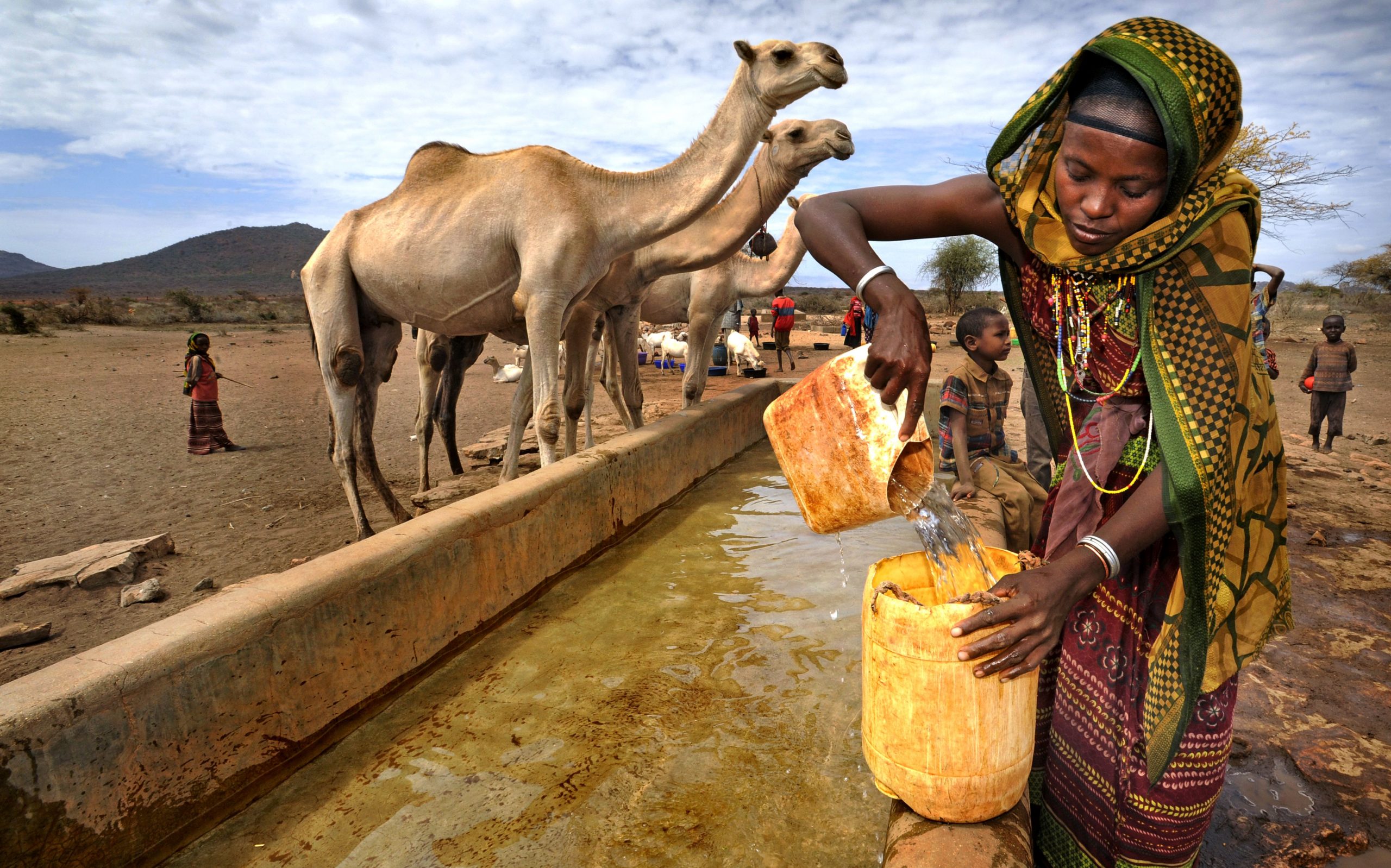
Main Hazards: Flash floods and landslides, particularly in low-lying areas like Karongi District.
People Affected: Disasters destroy homes, increase poverty, and exacerbate seasonal unpredictability.
Aim: Enhance community resilience in flood-affected hillsides through:
Activities:
Building and elevating WASH facilities above flood lines
Planting vegetation and applying erosion control around infrastructure
Setting up rainwater harvesting and backup sources for dry seasons
Training local technicians in climate-resilient WASH methods
Supporting water user groups and monitoring committees
Promoting hygiene practices adapted to wet-season disease risks
Linking climate-responsive WASH actions to local DRR and NDC plans
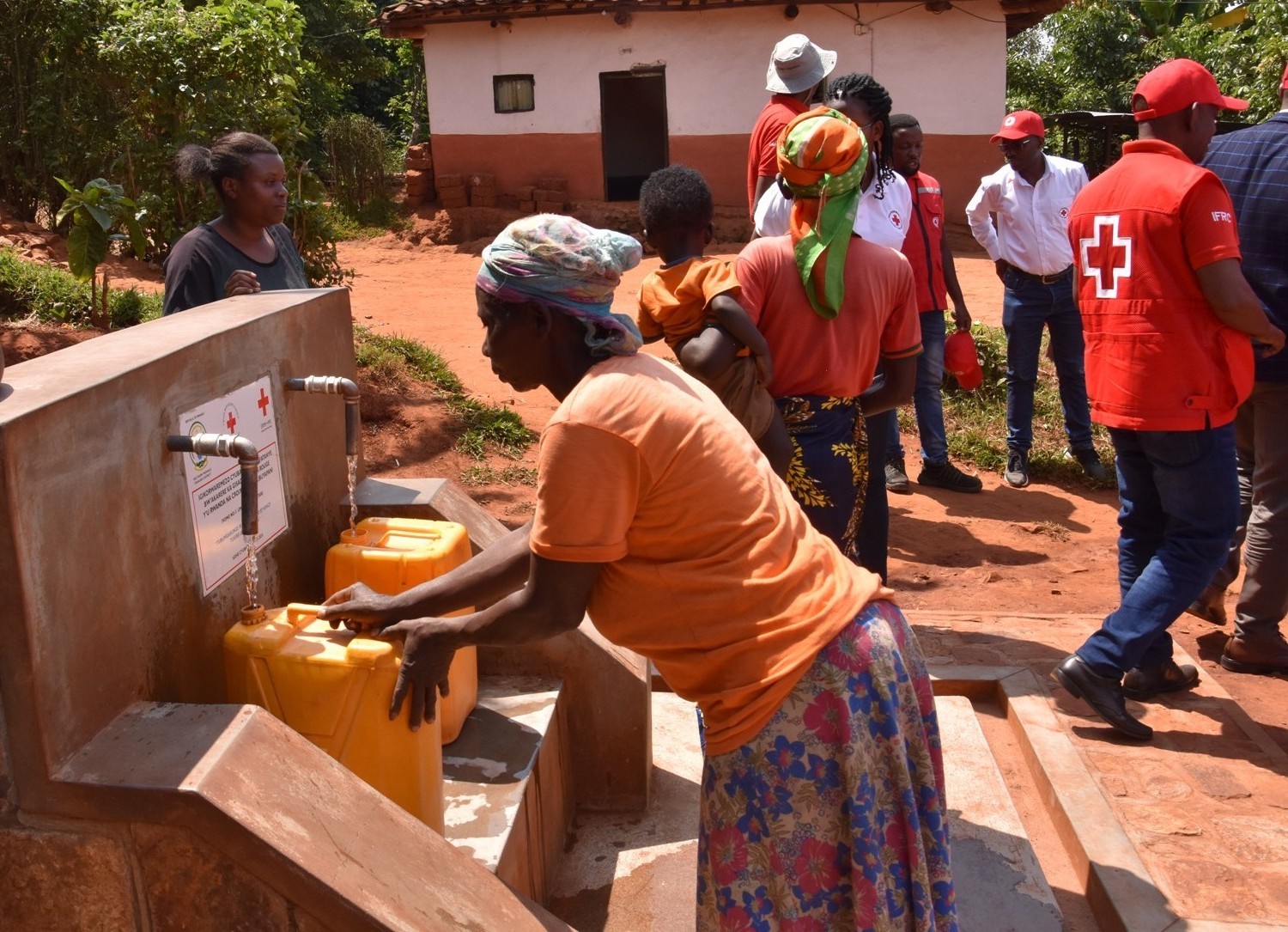
Main Hazards: Flooding (especially from the Nile) and drought, driven by highly variable rainfall.
People Affected: Over 1 million people affected by floods annually; 7.1 million face acute food insecurity.
Aim: Lay the foundation for climate-resilient WASH services in crisis-prone areas by:
Activities:
Installing raised latrines and protected wells in flood-prone Bor
Piloting reservoirs and solar boreholes in drought-affected Kapoeta
Pre-positioning WASH NFIs: chlorine, filters, parts, jerry cans
Training volunteers and committees to protect or dismantle pumps
Supporting groundwater monitoring and post-shock water testing
Embedding water risk tracking in anticipatory action systems
Combining traditional WASH knowledge with adaptive technologies
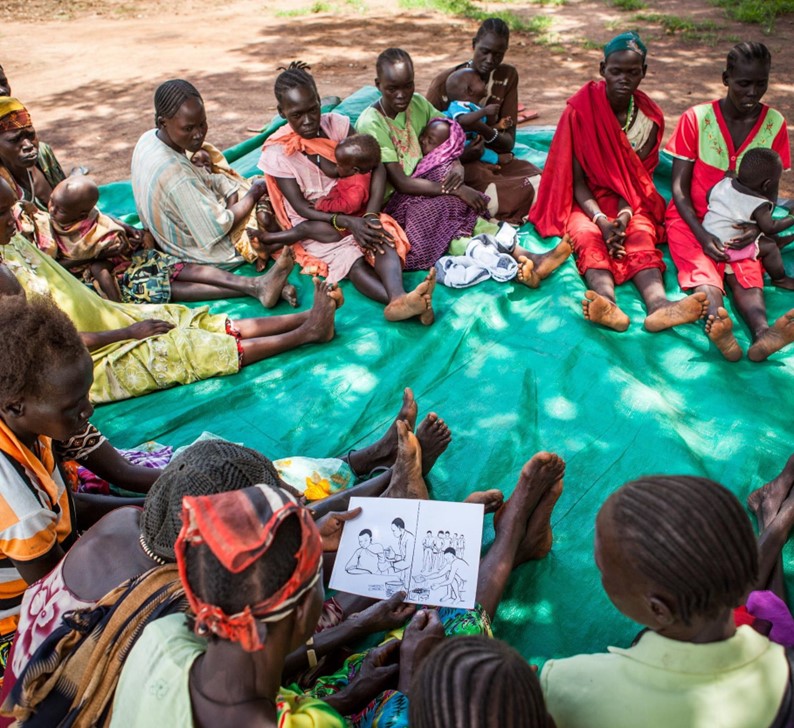
Main Hazards: Frequent flooding, drought, and rising temperatures; conflict further aggravates vulnerability.
People Affected: 17 of 18 states affected by floods in 2020–21; severe damage to WASH services and forecasting systems.
Aim: Restore basic WASH services and build adaptive capacity amid conflict and displacement:
Activities:
Mapping damaged water systems from floods or conflict
Building raised latrines and protected water points in IDP sites
Engaging local WASH entrepreneurs for low-carbon, fast repairs
Running hygiene and water safety campaigns through IEC and media
Supporting authorities and Red Crescent branches to revise WASH policies with a resilience focus
Documenting recent WASH system failures to improve future design
Advocating for WASH inclusion in Sudan’s climate and DRR plans
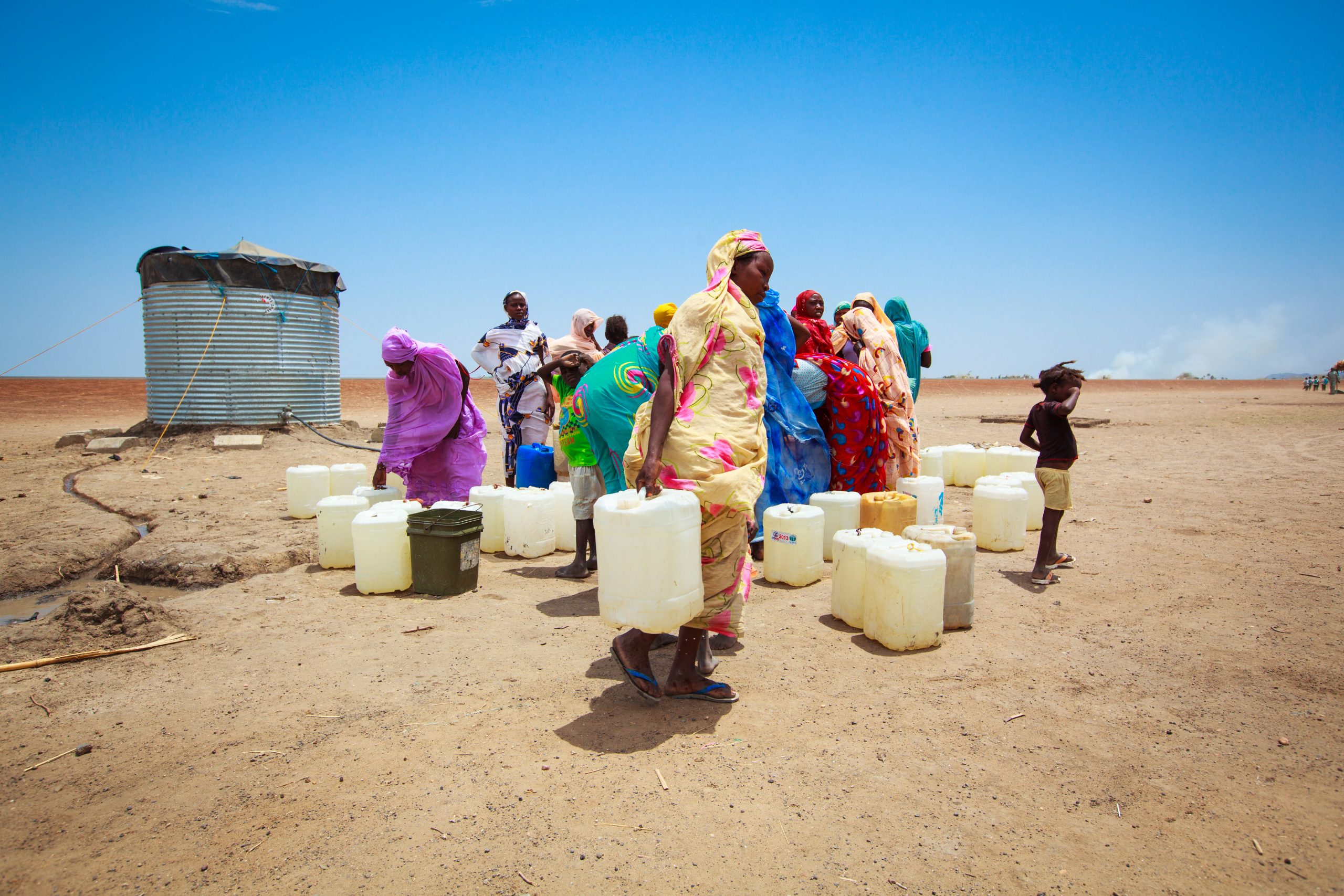
Main Hazards: Increasing frequency of floods and droughts, with climate change amplifying risks.
People Affected: Large parts of the country face displacement and loss of livelihood due to seasonal hazards.
Aim: Support climate-resilient WASH services in areas facing recurrent drought and floods by:
Activities:
Upgrading infrastructure using climate-smart designs (e.g., raised platforms, erosion controls).
Promoting rainwater harvesting and aquifer recharge in highland areas.
Establishing early action systems with water stress indicators and groundwater monitoring.
Forming and training community WASH and sanitation committees.
Supporting hygiene behaviour change campaigns tied to climate realities.
Implementing water resource management plans at sub-county level with district authorities.
Monitoring and evaluating the effectiveness of anticipatory WASH actions through participatory tools.
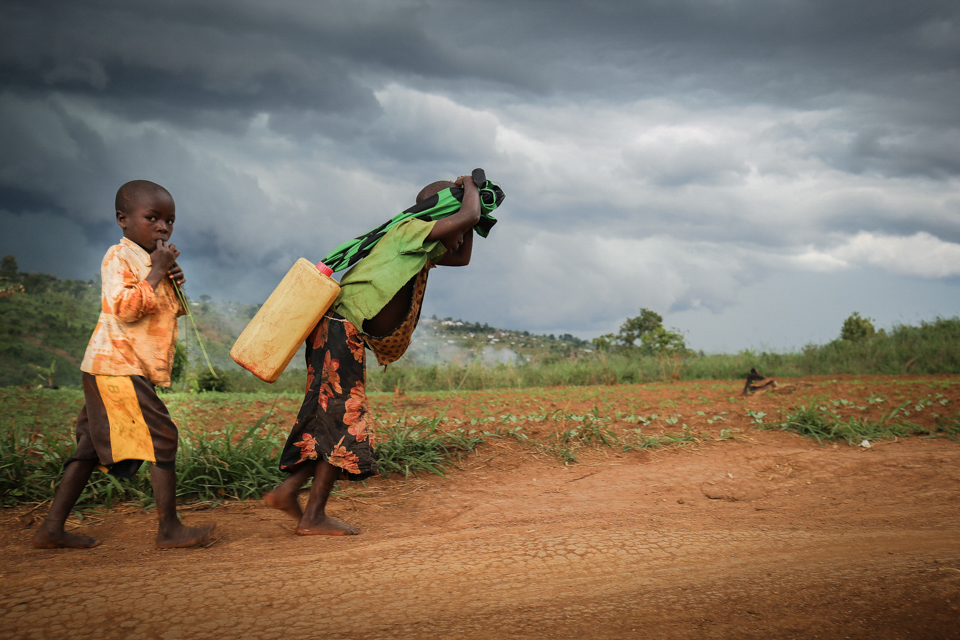
Officer, Water and Climate
farah.salem@ifrc.org
Sign up to receive updates from the IFRC WASH unit here, or contact us for more information